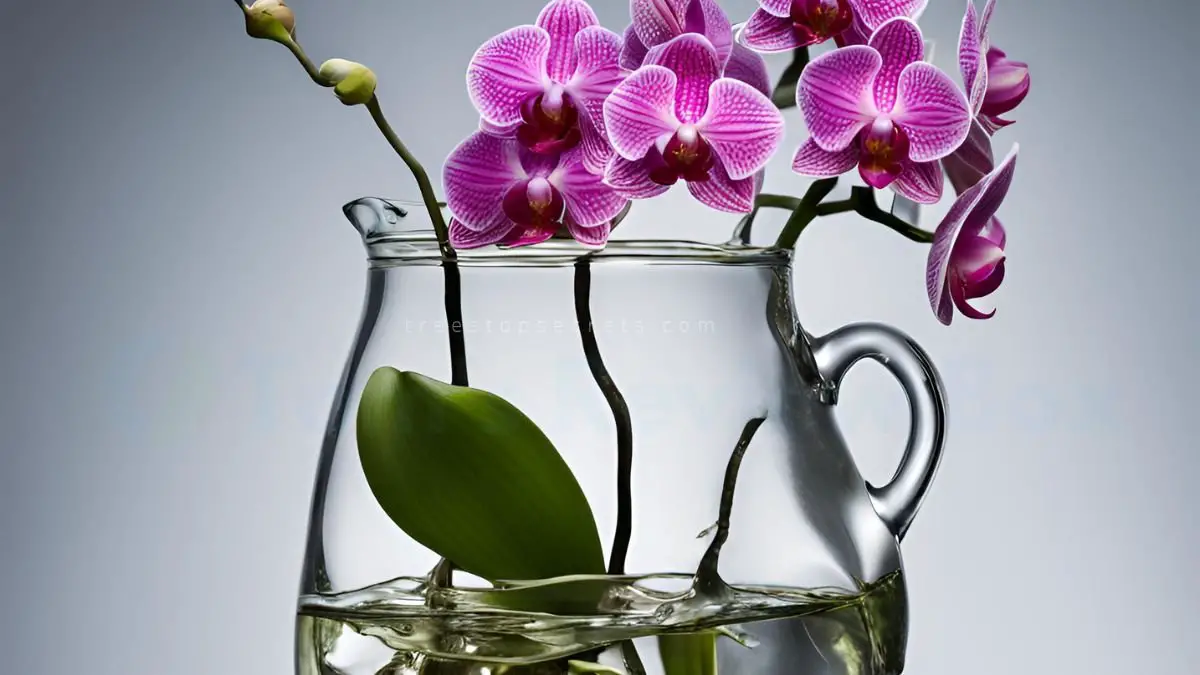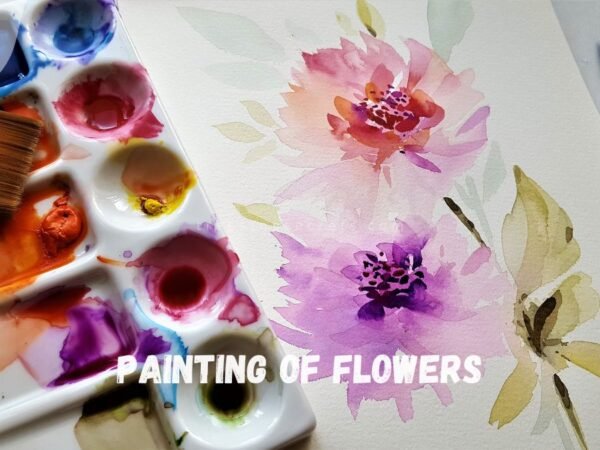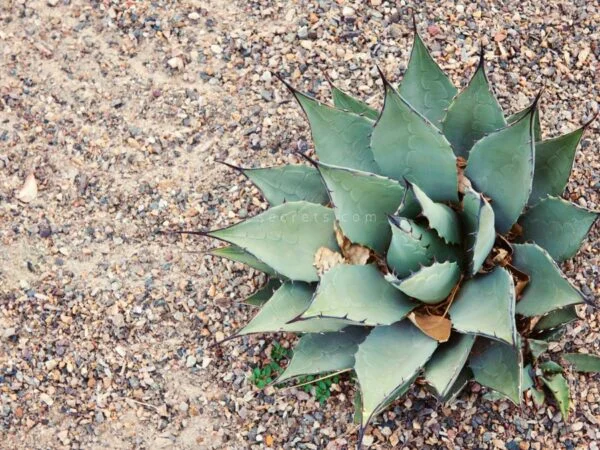
Ever wondered if your orchids can flourish without soil? The concept of growing orchids in water may seem unconventional, but it's a trend that's gaining traction among experienced gardeners and plant enthusiasts. Is it possible to nurture these delicate flowers solely in water? Let's delve into the fascinating world of hydroponic phalaenopsis orchid cultivation and uncover the secrets behind this innovative gardening technique, experienced gardeners.
Key Takeaways
- Understanding Water Culture:
- Orchids can grow in water, but it's essential for gardeners to understand the water culture method for successful cultivation.
- Choosing the Right Orchids:
- Select orchid species that are suitable for water culture, such as Phalaenopsis or Vanda orchids.
- Preparing for Water Culture:
- Properly prepare your orchids by cleaning the roots and choosing a suitable container for water culture.
- Orchid Care in Water:
- Monitor water levels, ensure adequate light, and maintain a stable temperature for healthy orchid growth in water.
- Fertilizing Techniques:
- Use a diluted orchid fertilizer specifically designed for water culture to provide essential nutrients to your orchids.
- Common Questions Answered:
- Address common concerns like root rot prevention and changing water regularly to maintain optimal conditions for orchids in water culture.
Understanding Water Culture
Basics of Water Culture
Water culture for orchids involves growing them without soil in a pot, relying solely on water for nutrients. This method requires specific steps to plant the orchids in pot culture, ensuring the conditions and water quality so they thrive. To transition orchids to water culture, start by selecting healthy plants with good root systems. Next, gently remove all existing media from the roots before placing them in a container filled with water. Ensure the container allows light to reach the roots while maintaining a stable environment.
Benefits and Drawbacks
Growing orchids in water offers benefits such as better nutrient absorption and easier maintenance. Additionally, it reduces the risk of overwatering and root rot commonly associated with traditional potting methods. However, challenges like algae growth and inadequate aeration can arise in water culture setups. Comparing these aspects helps individuals decide if water culture is suitable for their orchids.
Choosing the Right Orchids
Types Suitable for Water
When considering phalaenopsis orchids for water culture, they are a popular choice due to their adaptability. These orchids have aerial roots that absorb moisture efficiently. Another suitable option is the new orchid, which can thrive in water with proper care.
e orchid species naturally grow in water, such as the genus Aerides. These orchids have specialized structures that allow them to absorb nutrients from water effectively. When selecting an orchid for water culture, look for those with thick roots and sturdy leaves.
To determine if an orchid is compatible with water culture, examine its root system. Orchids with healthy green or silver roots are more likely to thrive in a water environment. Consider the plant's overall health and vigor before transitioning it to a water-based setting.
Selecting Healthy Plants
When choosing orchids for water culture, opt for plants with firm leaves and plump pseudobulbs. Avoid specimens with yellowing leaves or signs of pest infestation. Healthy orchids should exhibit strong growth and vibrant colors.
Signs of a healthy orchid plant suitable for water culture include turgid leaves and well-hydrated pseudobulbs. Look for clear signs of new growth, such as emerging shoots or flower spikes. Ensure that the roots are firm and free from rot or damage.
To select the best orchids for water culture, inspect the plant's overall condition carefully. Check for any wilting or desiccation, which may indicate dehydration issues. Choose plants that show resilience and adaptability to different growing conditions.
Preparing for Water Culture
Choosing Containers
Selecting the right container for water culture is crucial for the health and growth of your orchids. The container should have drainage holes to prevent waterlogging, promoting proper aeration.
When choosing a container for orchids in water, opt for transparent containers to monitor root health easily. Avoid containers with narrow openings that can damage delicate roots.
For successful water culture, consider using glass or plastic containers with wide openings. These containers provide ample space for the orchid's roots to grow freely and access sufficient light.
Water and Kelp Mix
Incorporating kelp into the water culture of orchids offers numerous benefits. Kelp contains essential nutrients like potassium, which promote robust growth and flowering in orchids.
Kelp can enhance the growth and health of orchids by providing natural hormones that stimulate root development and overall plant vitality. It also aids in nutrient absorption, leading to healthier plants.
To incorporate kelp into your water culture routine, dilute liquid kelp extract in water according to the manufacturer's instructions. Use this mixture to water your orchids regularly for optimal growth.
Orchid Care in Water
Light Requirements
Orchids grown in water culture require ample light to thrive. Place them in bright, indirect sunlight for optimal growth. Ensure they receive at least 6-8 hours of light daily.
To provide adequate light for orchids in water culture, consider placing them near a window with sheer curtains or using artificial grow lights. Avoid direct sunlight, as it can scorch the leaves.
Remember to rotate your orchid container regularly to ensure even light exposure on all sides. Proper lighting is crucial for photosynthesis and overall health of orchids in water culture.
Temperature Needs
Orchids in water culture prefer temperatures between 65-75°F (18-24°C). Maintain consistent temperatures to promote healthy growth and blooming. Avoid sudden temperature fluctuations.
To maintain suitable temperatures, place the orchid container away from drafts or vents that can cause temperature variations. Consider using a thermometer to monitor the ambient temperature.
During colder months, consider using a small heater or heat mat to maintain optimal temperatures for your orchids in water culture. Consistent temperatures are vital for their well-being.
Changing Water
Regularly changing the water is essential for the health of orchids in water culture. Stagnant water can lead to root rot and other issues. Change the water every 1-2 weeks.
To change the water, carefully lift the orchid out of its container and pour out the old water. Rinse the container thoroughly with clean water before refilling it with fresh, room temperature water.
Ensure the roots are clean and free from any debris before placing the orchid back into the container with fresh water. Regularly changing the water helps prevent mineral buildup and ensures proper hydration for your orchids.
Fertilizing Techniques
Nutrient Solutions
Nutrient solutions are essential for orchids in water culture as they provide the necessary minerals and nutrients for healthy growth. These solutions act as a substitute for soil-based nutrients, ensuring the orchids receive all vital elements.
Orchids in water require specific nutrients like nitrogen, phosphorus, and potassium to thrive. They benefit from micronutrients such as iron, magnesium, and calcium. These nutrients promote robust growth, vibrant blooms, and overall plant health.
When selecting nutrient solutions for orchids in water culture, opt for those specifically formulated for hydroponic or aquatic plants. Look for balanced formulas with essential macro and micronutrients to meet the orchids' specific needs.
Fertilizing Frequency
To maintain healthy orchids in water culture, fertilize them every two weeks during the growing season. This regular fertilization schedule ensures that the plants receive a continuous supply of nutrients for optimal growth.
It is crucial to fertilize orchids in water consistently to prevent nutrient deficiencies and promote flowering. Over-fertilizing can lead to salt buildup, damaging the roots, so it's essential to follow a strict schedule.
Maintain a consistent fertilizing routine by marking your calendar or setting reminders on your phone. This practice helps you stay on track with the bi-weekly fertilization schedule, ensuring your orchids receive the necessary nutrients regularly.
Common Questions Answered
Submerging Duration
When growing orchids in water, the roots should be submerged for about 30 minutes to 1 hour. This duration allows the roots to absorb water without causing rot. Different orchid species may require varying soaking times based on their specific needs.
Determining the appropriate submerging duration for orchids involves observing their root health and growth patterns. Some orchids prefer shorter soaking periods, while others thrive with longer durations. Experiment with different timings to find what works best for your orchids.
- Orchid roots should be submerged for 30 minutes to 1 hour.
- Vary soaking times based on orchid species' requirements.
- Experiment with different durations to determine the optimal soaking time.
Signs of Stress
Stressed orchids in water culture exhibit signs such as yellowing leaves, drooping stems, or lack of new growth. These indicators signal that the plant is not receiving adequate nutrients or facing environmental challenges.
To prevent damage, closely monitor your orchids for any stress signals. Addressing stress promptly can help restore their health and vitality. Consider adjusting watering frequency, providing proper lighting, or adjusting nutrient levels to alleviate stress in your orchids.
- Identify stress in orchids through yellowing leaves and drooping stems.
- Promptly address stress to prevent further damage.
- Adjust watering, lighting, or nutrient levels to alleviate stress in orchids.
Advanced Tips
Monitoring Growth
Monitoring orchid growth in water culture is crucial for successful cultivation. By observing the roots and leaves regularly, you can track the progress of your orchids. Assessing the health and development of your plants ensures they are thriving.
To monitor growth, check for new root growth, vibrant green leaves, and any signs of pests or diseases. Ensure that the roots are healthy and white, not mushy or brown. Adjust lighting levels if needed to promote optimal growth.
Preventing Diseases
Preventing diseases in orchids grown in water is essential for their well-being. Common diseases in water culture include root rot and fungal infections. To maintain orchid health, avoid overwatering and ensure proper air circulation around the roots.
Ensure that the water you use is clean and free from contaminants to prevent diseases. Consider using a mild fungicide occasionally to protect against fungal infections. Proper sanitation practices, such as cleaning pots between uses, can also help prevent disease spread.
Success Stories
Before and After
When transitioning orchids to water culture, observe the remarkable transformation process. Initially, roots may appear weak and yellow, but over time, they become plump and green. The leaves might show signs of stress at first but will gradually regain their vibrant color.
Witnessing orchids thriving in water is truly rewarding. Notable differences post-transition include sturdy root growth, lush green leaves, and frequent blooming. Adopting water culture can lead to stronger plants with improved overall health.
Testimonials
Enthusiasts worldwide share inspiring stories of success with water-cultured orchids. One grower mentioned how their orchid's root system flourished after switching to water culture. Another individual highlighted the convenience of this method with consistent blooms throughout the year.
Growers have reported increased flower spikes and healthier foliage when growing orchids in water. The ease of maintenance and the joy of watching orchids thrive without soil are common themes among those who have embraced this cultivation technique.
Final Remarks
You now have a solid grasp on growing orchids in water. Remember, understanding water culture, selecting the right orchids, and proper care are key. Don't forget to fertilize correctly and explore advanced tips for success. Your orchids will thrive with your newfound knowledge.
Take action today. Implement these strategies and watch your orchids flourish in water. Share your success stories with others and keep learning to enhance your orchid-growing skills.
Frequently Asked Questions
Can orchids survive in water culture indefinitely?
Orchids can survive in water culture for extended periods, but it is crucial to monitor the plant's health regularly. Check for root rot or nutrient deficiencies as they may arise over time.
How often should I change the water for my orchids in water culture?
Change the water every 1-2 weeks to prevent stagnation and ensure a fresh supply of nutrients for your orchids. This practice helps maintain optimal growing conditions and prevents the buildup of harmful bacteria.
Is it normal for orchid roots to change color in water culture?
Yes, it is normal for orchid roots to turn green or algae-like in color when grown in water culture. This change occurs due to exposure to light and nutrients in the water, and it does not necessarily indicate root damage.
Should I use distilled or tap water for my orchids in water culture?
It is recommended to use distilled or purified water to avoid mineral buildup that can harm orchid roots. Tap water may contain chemicals and minerals that could be detrimental to the overall health of your orchids.
How can I prevent pests and diseases when growing orchids in water culture?
To prevent pests and diseases, regularly inspect your orchids for any signs of infestation or infection. Maintain proper hygiene by cleaning containers and changing the water regularly. Consider using natural remedies like neem oil if pest issues arise.
Image Source: Paid image from CANVA





